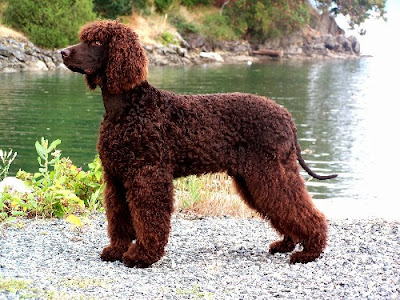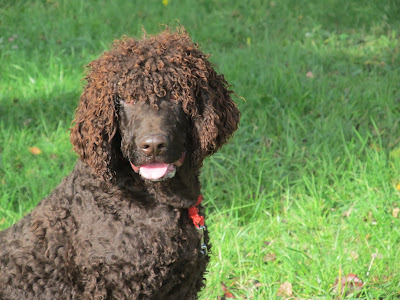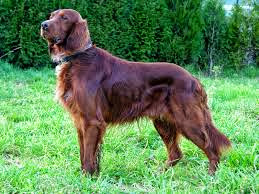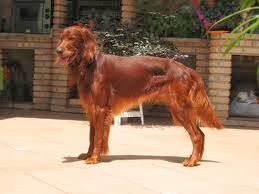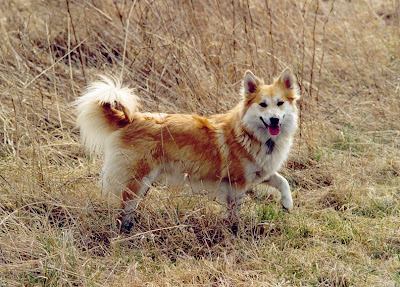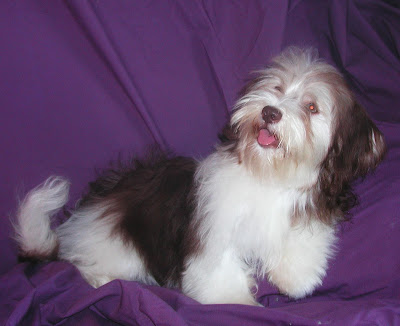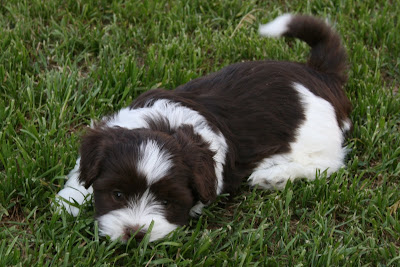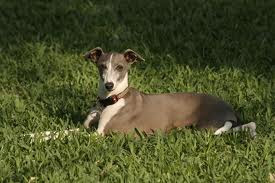MADRID - Spanish police said Tuesday they have caught a Colombian vet who attempted to carry liquid heroin by surgically embedding plastic packs of the pill into live Rottweiler and Labrador puppies.
The fugitive vet, identified just as Andres L. E., was followed down in the northwestern Spanish city of Lugo after more than eight years on the run.
He is blamed for working on the dogs at his homestead in the Colombian city of Medellin.
Colombian police attacked his homestead in January 2005.
"They seized three kilograms (6.6 pounds) of liquid heroin inside six puppies.
The drug was concentrated from the puppies, which had been destined for the United States," the Spanish police said in an explanation on Tuesday.
The puppies every had one or two plastic packs of around the range of 400 grams (one pound) of liquid heroin in their bellies, Medellin police boss Ruben Carillo told Afp around then.
"When we gave the dogs a X-flash we didn't locate anything. We did a ultrasound and there you could see the blueprint of the packs in their mid-regions," he said.
"We had never had a comparative case for concealing drugs."
After the Colombian police strike, the United States approached police compels worldwide to confine him on suspicion of drug smugling.
The fugitive vet, identified just as Andres L. E., was followed down in the northwestern Spanish city of Lugo after more than eight years on the run.
He is blamed for working on the dogs at his homestead in the Colombian city of Medellin.
Colombian police attacked his homestead in January 2005.
"They seized three kilograms (6.6 pounds) of liquid heroin inside six puppies.
The drug was concentrated from the puppies, which had been destined for the United States," the Spanish police said in an explanation on Tuesday.
The puppies every had one or two plastic packs of around the range of 400 grams (one pound) of liquid heroin in their bellies, Medellin police boss Ruben Carillo told Afp around then.
"When we gave the dogs a X-flash we didn't locate anything. We did a ultrasound and there you could see the blueprint of the packs in their mid-regions," he said.
"We had never had a comparative case for concealing drugs."
After the Colombian police strike, the United States approached police compels worldwide to confine him on suspicion of drug smugling.

